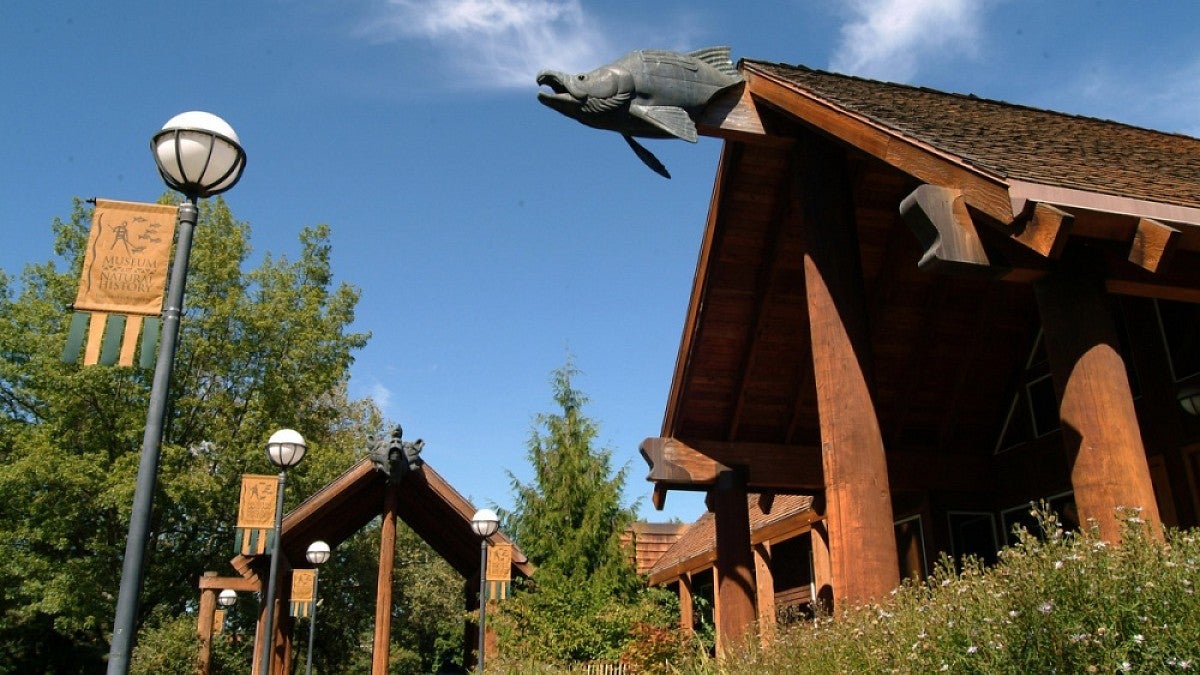When it comes to the past, the UO’s Museum of Natural and Cultural History takes a deep perspective — about 65 million years deep. Thanks to a recent $2 million gift, the museum is also taking an exciting new look at its future.
The anonymous estate gift will support the museum’s director’s fund, one of 10 funds that compose the museum’s endowment. It also marks an important milestone for the museum’s top fundraising priority: increasing its endowment to at least $12 million.
With this gift, the museum’s endowment initiative has reached nearly $10 million, thanks to numerous donations and pledges.
“Endowed funding is the key to our future,” said Jon Erlandson, museum director, archaeologist and Philip H. Knight Professor at the UO. “This incredibly generous gift represents a big step in building a funding source that will support museum research, collections management and educational programs for generations to come. We’re very grateful to the donor, and we look forward to making the most of this investment.”
The past 12 years have brought tremendous growth to the museum, including two new exhibit halls, a state-of-the-art anthropological collections center and unprecedented increases in research, membership and visitors. The growth is reflected in the museum’s recent accreditation by the American Alliance of Museums, a distinction that recognizes it as among the very best museums in the nation.
“These are exciting times,” Erlandson said. “From exhibits to scholarship to collections stewardship, we continue to build our capacity to serve diverse audiences across campus, Lane County, the state and the globe.
“To continue this upward trajectory, we’re focusing on the museum’s endowment and the stable income it will provide. This permanent resource will enhance our stability during good times and bad, facilitate long-term planning, and help us secure grant funds through both government agencies and private foundations.”
By supporting the director’s fund, Erlandson said, the $2 million gift will also provide critical discretionary dollars that enable the museum to stay nimble and take advantage of unexpected opportunities.
“It’s flexible,” Erlandson said. “So we can utilize these funds quickly and strategically. We can reward creative research and innovation, allocating resources where — and when — they are most needed. For a dean or a director, this is invaluable.”


